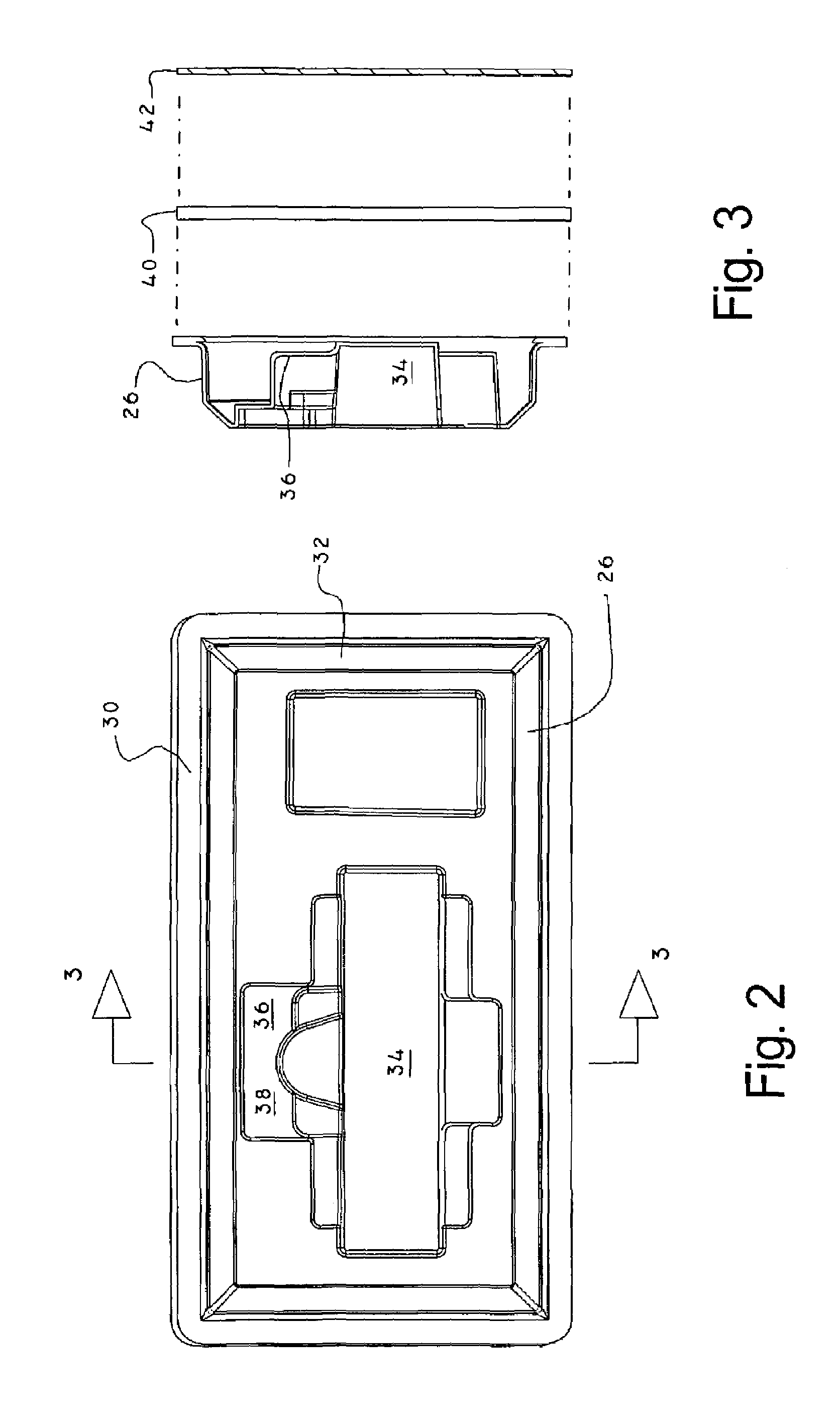Support system of a tabletop vise
a support system and tabletop technology, applied in the direction of positioning apparatus, metal-working machine components, manufacturing tools, etc., can solve the problems of reducing the work efficiency of the user, and reducing the footprint over the layer. , the effect of small footprin
- Summary
- Abstract
- Description
- Claims
- Application Information
AI Technical Summary
Benefits of technology
Problems solved by technology
Method used
Image
Examples
Embodiment Construction
[0029]While the invention will be described and disclosed here in connection with certain preferred embodiments, the description is not intended to limit the invention to the specific embodiments shown and described here, but rather the invention is intended to cover all alternative embodiments and modifications that fall within the spirit and scope of the invention as defined by the claims included herein as well as any equivalents of the disclosed and claimed invention.
[0030]Turning now to FIGS. 1, 4 and 5 where a highly preferred example of a vise and base system 10 as disclosed herein has been illustrated. The vise 12, which is also disclosed in my U.S. Pat. No. 6,640,666, includes a stationary jaw 14. The stationary jaw 14 is mounted at fixed location on a frame 16. The frame 16 includes a frame perimeter wall 18, and also supports a moveable jaw 20. The moveable jaw 20 is moved along the frame 16 towards the stationary jaw 14 by way of a screw mechanism. As illustrated, the st...
PUM
 Login to View More
Login to View More Abstract
Description
Claims
Application Information
 Login to View More
Login to View More - R&D
- Intellectual Property
- Life Sciences
- Materials
- Tech Scout
- Unparalleled Data Quality
- Higher Quality Content
- 60% Fewer Hallucinations
Browse by: Latest US Patents, China's latest patents, Technical Efficacy Thesaurus, Application Domain, Technology Topic, Popular Technical Reports.
© 2025 PatSnap. All rights reserved.Legal|Privacy policy|Modern Slavery Act Transparency Statement|Sitemap|About US| Contact US: help@patsnap.com



